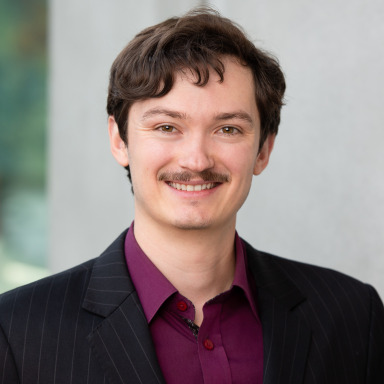In Berlin, one unique change that has continued to develop over the past few months is the installation of “Pop-up” bike lanes on busy streets around the city. Citing the pandemic, city officials have been fast-tracking plans for new, protected bike lanes in order to allow citizens to travel safely by bike and avoid overcrowding in public transport. A recent IASS Study shows that these new bike lanes are strongly supported by people who identify primarily as cyclists, pedestrians, or users of public transport, but are disliked by those who identify as car drivers. While these results are unsurprising, they capture Berlin’s quite recent citizen-led shift in transport policy, ultimately culminating in the recent Mobility Law of 2018. That does not mean, however, that these new bike lanes are without criticism.
